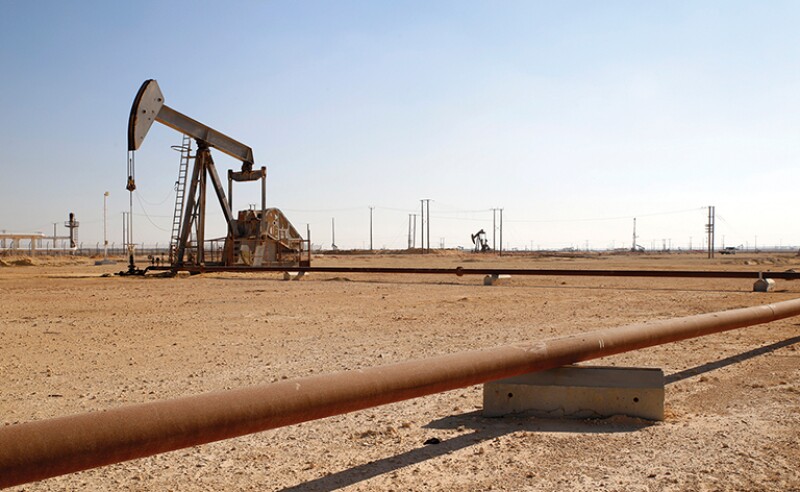Oman’s Ministry of Energy and Minerals will launch a new licensing round in August to explore and develop three blocks—onshore Blocks 66 and 38 which border Saudi Arabia and Yemen, respectively, and offshore Block 23 off the Sultanate’s east coast in the Arabian Sea.
Hungary’s MOL Group is in the process of relinquishing Block 66 in the southwest Dhofar region along Oman’s border with Saudi Arabia after Omani authorities granted MOL permission to exit the concession, according to MOL Group’s website.
MOL’s 2019 annual report noted that it had received a license extension to spud the Men’nah exploration well in Block 66 in 2020.
Block 66 was MOL’s second concession in Oman. It first entered the Sultanate in 2006 after winning a bid to explore Block 43B. Then in September 2012, MOL agreed to invest $30 million into Block 66 to acquire new 2D and 3D seismic data, reprocess old data, and drill new exploration wells.
Plagued with financial difficulties, Frontier Resources (Oman) Ltd., a wholly owned subsidiary of Australia’s Frontier Resources International plc, exited Block 38 in the Rub Al Khali Basin in 2016. Frontier Oman had been engaged under a 6-year exploration and production sharing agreement in 2012.
The MOL Group, the integrated Central Eastern European oil and gas company exiting Oman and headquartered in Budapest, should not be confused with Masirah Oil Ltd. (also known as MOL). Masirah Oil operates Block 50 offshore near to where Oman is putting its newest offshore hopeful, Block 23, out to bid.
A wholly owned subsidiary of Singapore-based Rex International Holding Ltd., Masirah Oil holds 100% of Block 50 where Masirah achieved first oil at the Yumna field in February 2020.
Masirah Oil is currently developing Yumna and has upgraded its production facilities to 30,000 B/D based on results earlier this year from three production wells. The company is continuing to explore the rest of the block in an area where Oman first discovered reserves off its east coast in 2014.
Oman is the largest non-OPEC oil producer in the Middle East and has a diverse upstream industry featuring a range of international oil companies (IOCs) and local companies.
In April, Sultanate transferred its 60% stake in Block 6 to a new state company, Energy Development Oman (EDO), which it is using as a vehicle to raise bank financing.
In early July, Reuters reported that EDO was in talks with banks to raise $1.5 billion in debt financing and that leaders in the UAE had shown interest.
JPMorgan Chase is said to be advising the government on the plan.
Operated by Petroleum Development Oman (PDO), Block 6 accounts for 75% of Oman’s oil reserves, according to Wood Mackenzie, and is one of the largest crude oil deposits in the Middle East with a production capacity of 650,000 B/D.


